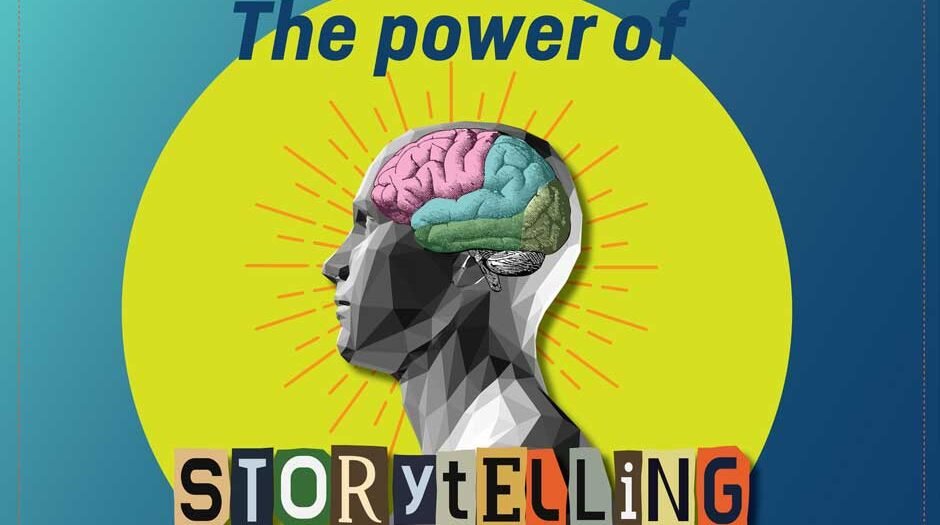Storytelling is a timeless practice, weaving threads of wisdom, adventure, and culture into the fabric of our lives. For children especially, stories are more than just entertainment; they are a powerful educational tool that helps shape their cognitive and emotional development. This article explores how storytelling influences young minds and why it is celebrated as a cornerstone of childhood education.
The Magic of Stories in Early Education
From fairy tales to family anecdotes, stories ignite the imagination and curiosity of children, transporting them to new worlds and introducing them to different ways of thinking. The power of storytelling extends far beyond the mere act of listening or reading. It fosters language development, improves listening skills, and encourages creativity and imagination.
In educational settings, such as childcare centres, storytelling is integrated into daily activities to enhance learning and development. For instance, a childcare Liverpool might use storytelling as a tool to teach concepts such as sharing, kindness, and respect. Through engaging narratives, children learn these important life lessons in a manner that is both enjoyable and memorable.
Building Language and Communication Skills
One of the most significant benefits of storytelling is the enhancement of language and communication skills. As children listen to stories, they are exposed to new vocabulary and sentence structures. This exposure helps them develop their language abilities, which are crucial for all areas of learning. Additionally, storytelling encourages children to express themselves, ask questions, and discuss the story’s themes, further developing their communication skills.
Fostering Empathy and Emotional Intelligence
Stories have the unique ability to put us in someone else’s shoes. For young children, hearing stories about different characters, cultures, and situations helps them understand and empathize with emotions and experiences different from their own. This early cultivation of empathy is fundamental in developing emotional intelligence, which is key to navigating social interactions and building relationships.
Encouraging Critical Thinking and Problem Solving
Storytelling is not just about listening; it’s also about thinking. As children follow a narrative, they learn to anticipate outcomes and solve problems presented within the story. This active engagement encourages them to think critically and make connections between the story and their own experiences. It also provides parents and educators with opportunities to discuss the story’s morals and messages, further enhancing critical thinking skills.
Instilling Values and Cultural Awareness
Through stories, children learn about the world and the diverse people in it. Cultural tales, myths, and legends impart important values and traditions that can shape a child’s understanding of their own and others’ identities. Storytelling promotes inclusivity and respect for diversity, which are essential values in today’s global society.
Supporting Memory and Cognitive Development
The narrative structure of stories helps children remember the content they hear. By following a sequence of events, they develop their memory skills, which are crucial for academic learning. Moreover, the descriptive elements of stories enhance mental imagery and comprehension, aiding in cognitive development.
Enhancing Creativity and Imagination
Storytelling sparks the imagination, encouraging children to visualize the scenes and think creatively. This stimulation of the imagination is not just a source of fun; it’s a critical component of intellectual development. Children who engage regularly in storytelling often have the opportunity to act out stories or create their own, which further enhances their creative abilities.
Storytelling in a Digital Age
In today’s digital world, storytelling takes many forms, from books and oral narratives to digital stories and multimedia. Each medium offers unique advantages and can be used to tailor storytelling experiences to meet educational goals. Digital storytelling, for example, can combine visuals, text, and sound to engage children in ways that traditional stories might not, offering interactive and immersive experiences.
The Role of Parents and Educators in Storytelling
Parents and educators play a crucial role in maximising the benefits of storytelling. By choosing diverse stories and asking insightful questions, they can guide children to deeper understandings and more profound reflections. Additionally, by telling their own stories, adults can pass on family histories and personal lessons, strengthening bonds and providing comfort and inspiration.
Storytelling is a powerful tool in shaping young thinkers. It not only enhances academic skills but also nurtures empathy, creativity, and a deeper understanding of the world. Whether through the pages of a book, the voice of a caregiver, or the interactive features of a digital app, stories enrich the lives of children, providing them with the tools they need to grow into thoughtful, knowledgeable, and compassionate individuals. As we continue to discover and share stories, we contribute to the development of the next generation, equipping them with the resilience and wisdom they need to navigate their futures successfully.






